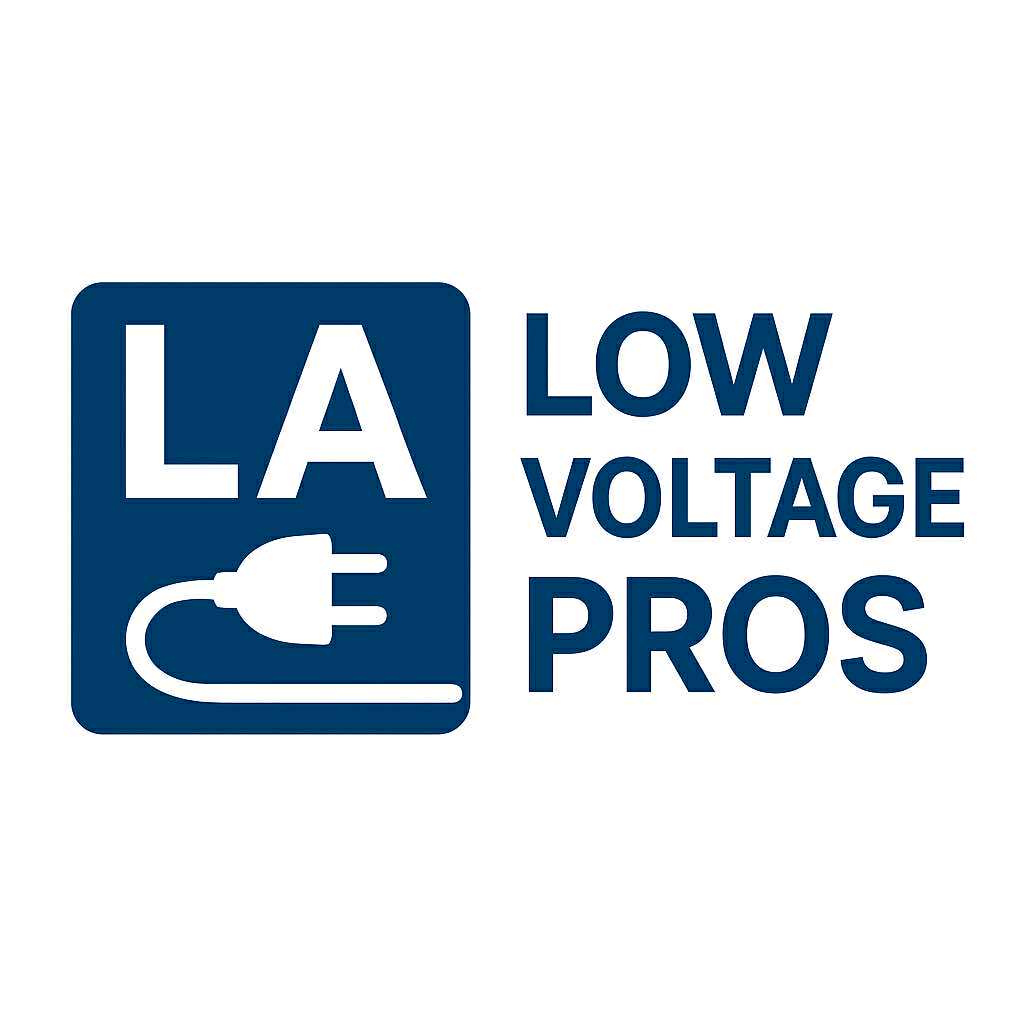Low Voltage Cabling in Los Angeles: What You Need to Know
Low voltage cabling plays a critical role in modern homes and businesses. Whether it’s for data networks, security systems, or audiovisual setups, understanding the importance of low voltage cabling can save you time, money, and future headaches. In Los Angeles, where technology adoption is high and infrastructure demands are significant, proper low voltage cabling is essential for reliable, efficient operations.
What Is Low Voltage Cabling?
Low voltage cabling refers to wiring systems that carry less than 50 volts of electricity. Unlike standard electrical wiring used for lighting or appliances, low voltage cabling is designed for communication, security, and control systems. Common examples include:
- Structured data cabling for internet and network connections
- Telephone wiring
- Security and CCTV systems
- Audio and video systems
- Access control and automation systems
These systems require specialized installation and maintenance to ensure optimal performance. Improper cabling can result in signal loss, frequent downtime, or even safety hazards.
Benefits of Low Voltage Cabling
Installing low voltage cabling correctly offers several advantages for homes and businesses in Los Angeles:
- Reliable Data and Communication Networks
Structured cabling ensures stable internet and network connections, crucial for offices, coworking spaces, and smart homes. - Enhanced Security Systems
Low voltage wiring supports security cameras, alarm systems, and access control, helping property owners protect their investments. - Scalable and Flexible Systems
Future-proof installations allow for easy upgrades, such as adding more data lines, security cameras, or automation features without major rewiring. - Cost Efficiency
While initial installation requires investment, low voltage systems reduce long-term maintenance costs and improve energy efficiency. - Professional Appearance
Properly installed cabling is organized and concealed, maintaining the aesthetics of a building or office.
Common Types of Low Voltage Cables
Understanding the types of low voltage cables is important for choosing the right system for your needs:
- Cat5e and Cat6 Ethernet Cables: Used for high-speed internet and network connections.
- Coaxial Cables: Commonly used for cable television and some CCTV systems.
- Fiber Optic Cables: Support high-bandwidth data transmission over long distances, ideal for enterprise networks.
- Speaker and Audio Cables: Deliver sound quality for professional audio or home theater setups.
- Alarm and Security Cables: Specialized for alarm systems, motion sensors, and access control.
Each cable type has unique properties, and selecting the correct one is essential for system performance.
Best Practices for Low Voltage Cabling
Proper installation ensures system reliability and compliance with local codes. Here are some best practices:
- Plan the Layout in Advance: Map out cable routes and consider future expansions.
- Use Quality Materials: Opt for cables, connectors, and patch panels that meet industry standards.
- Follow Local Electrical Codes: Ensure installations comply with Los Angeles safety regulations.
- Avoid Signal Interference: Keep data cables away from electrical wiring to prevent interference.
- Label Cables Clearly: Labeling simplifies troubleshooting and future modifications.
Maintenance and Troubleshooting
Low voltage systems require periodic maintenance to maintain performance:
- Inspect cables for wear and tear.
- Check connections and replace damaged connectors.
- Test network speed and reliability regularly.
- Upgrade systems as technology evolves.
Proactive maintenance prevents downtime and reduces repair costs over time.
FAQs About Low Voltage Cabling
Conclusion
Low voltage cabling is an essential component of modern homes and businesses in Los Angeles. From reliable data networks to secure surveillance systems, proper cabling ensures efficiency, safety, and long-term functionality. Understanding the types of cables, installation best practices, and maintenance requirements helps property owners maximize the benefits of their systems. Whether for residential or commercial purposes, investing in professional low voltage cabling is a step toward future-ready infrastructure.
